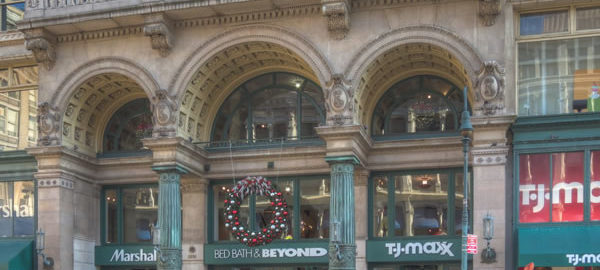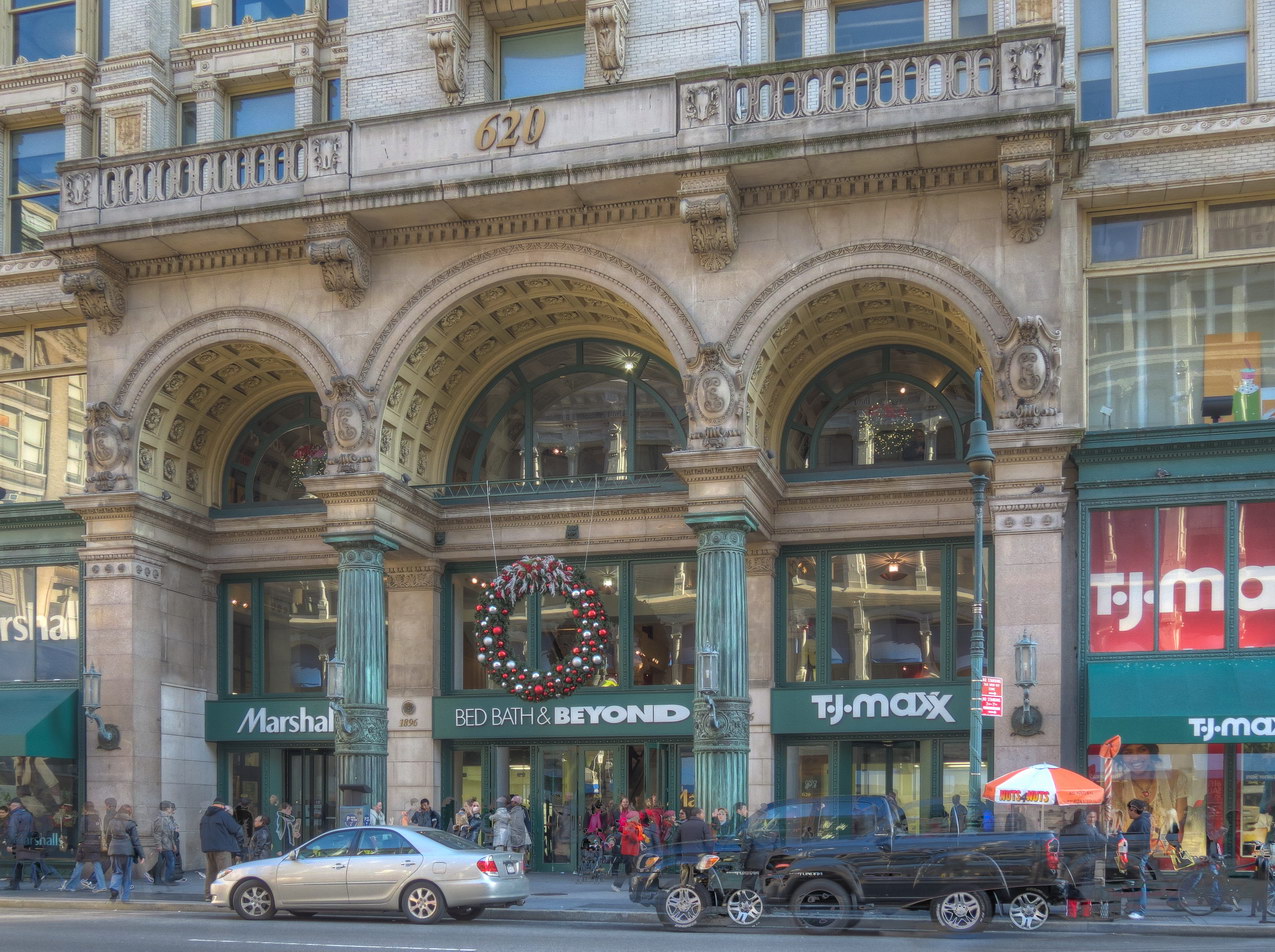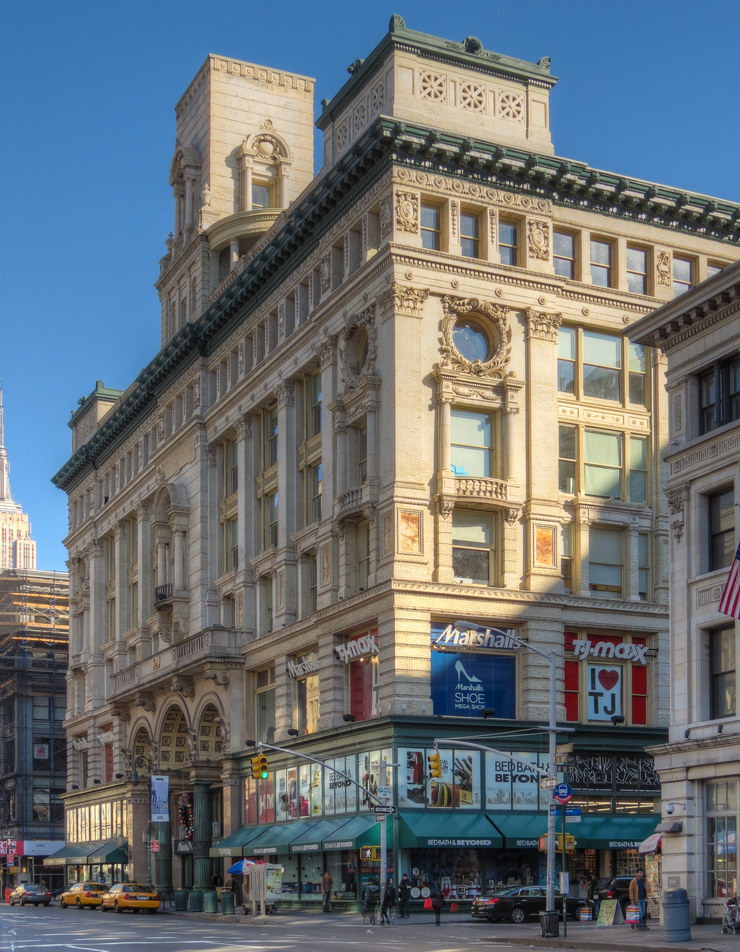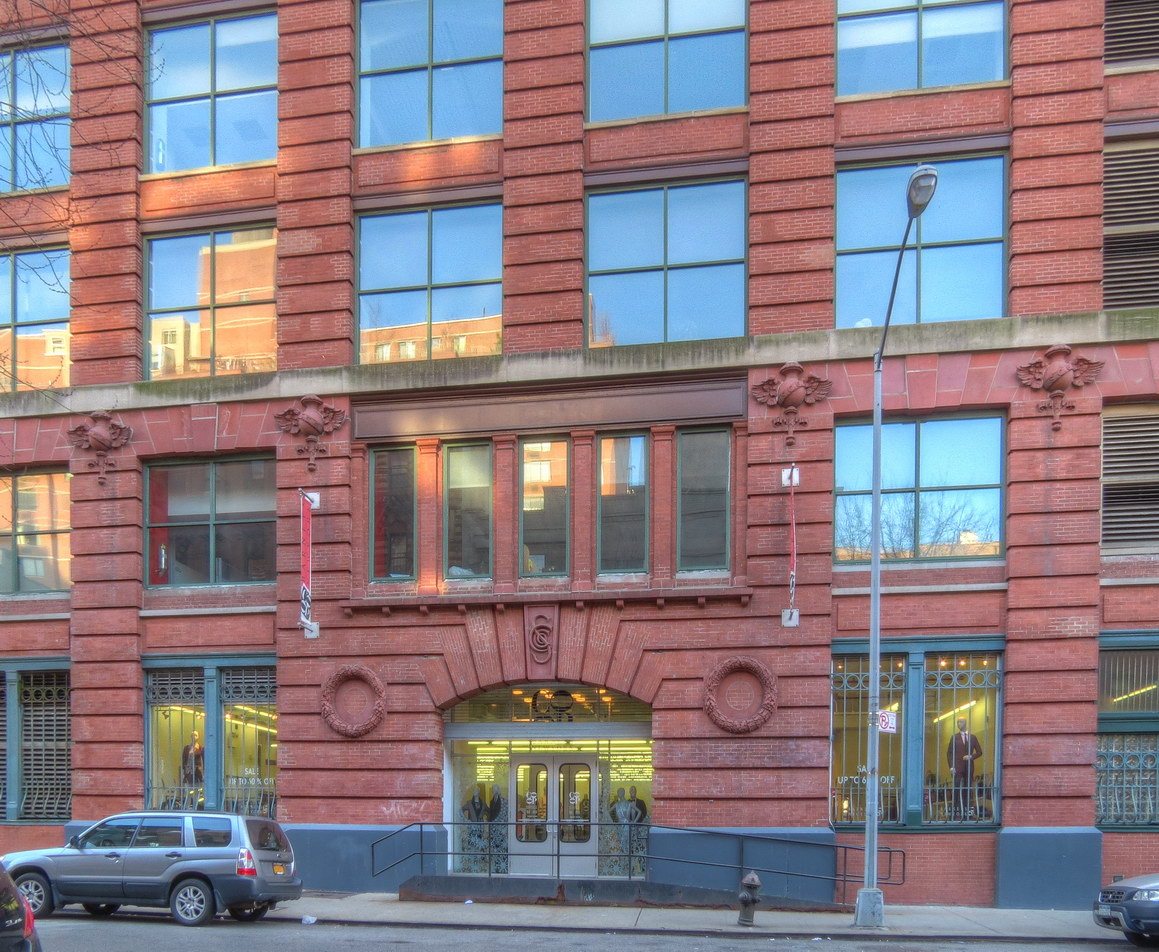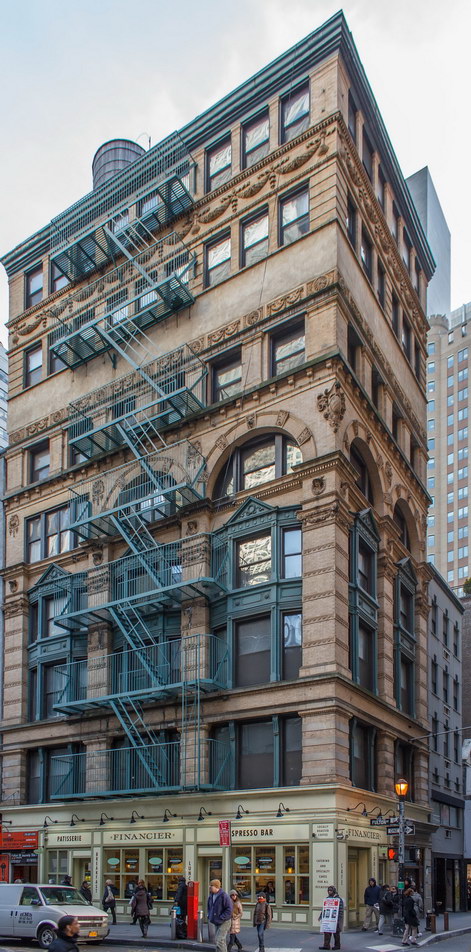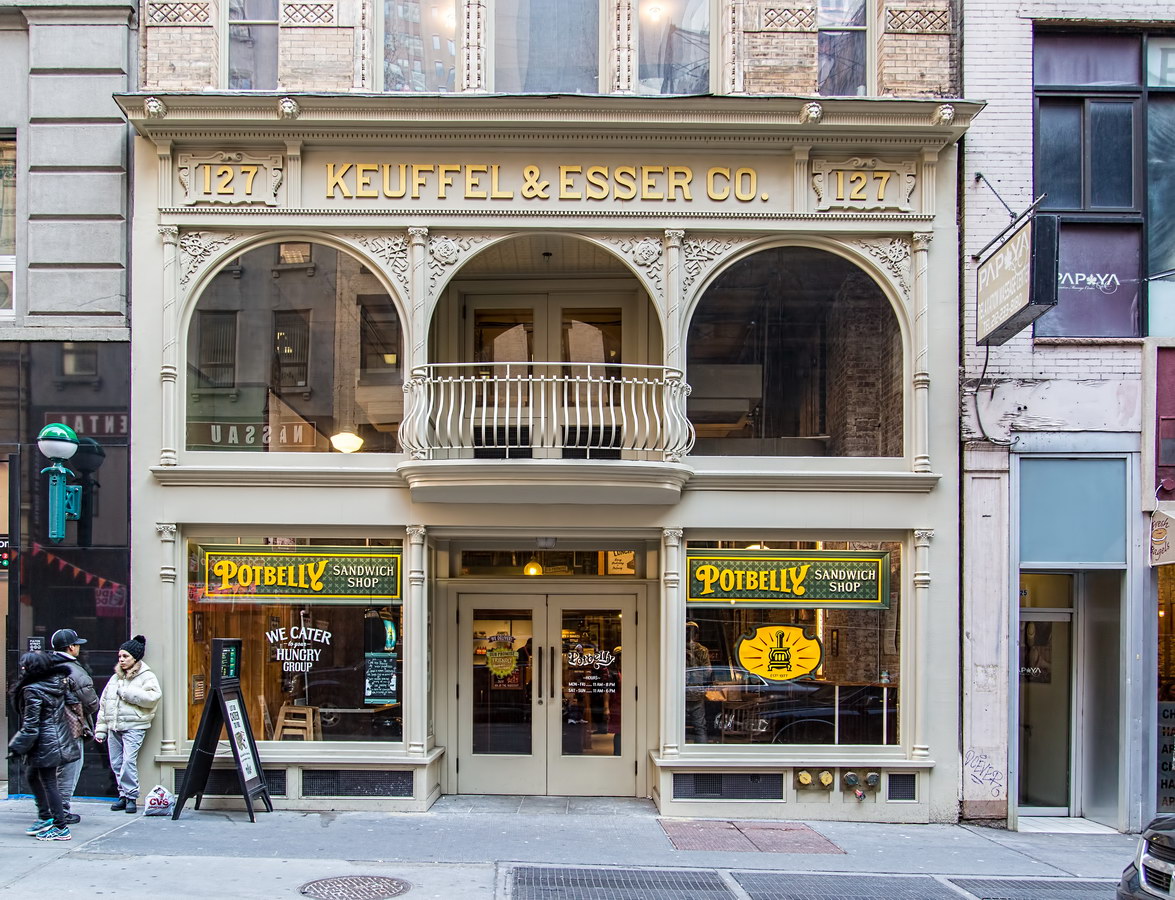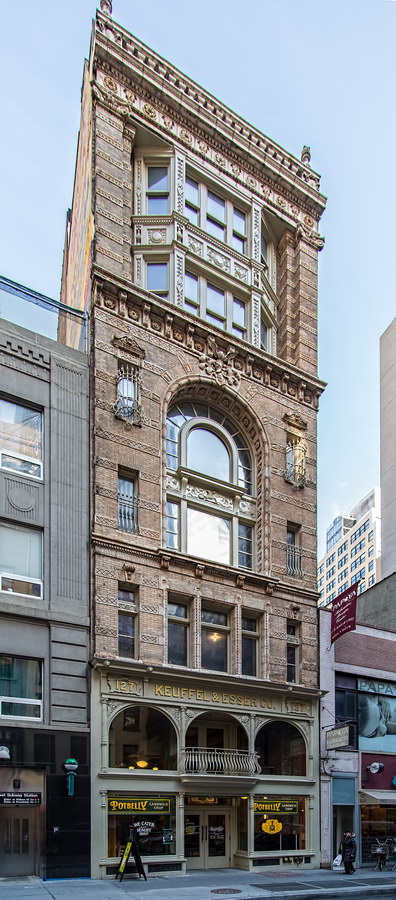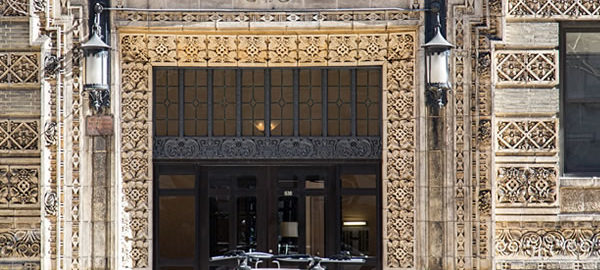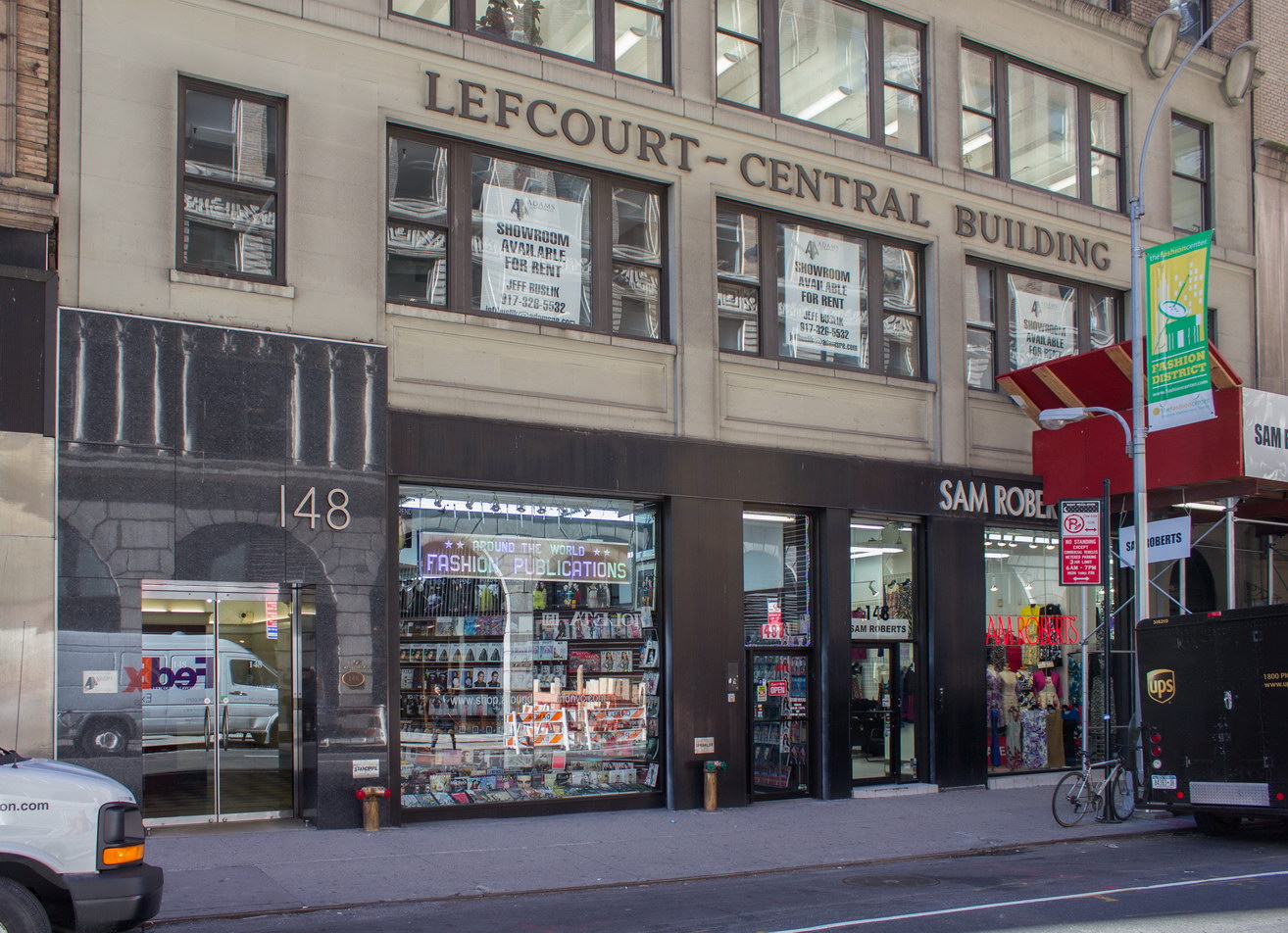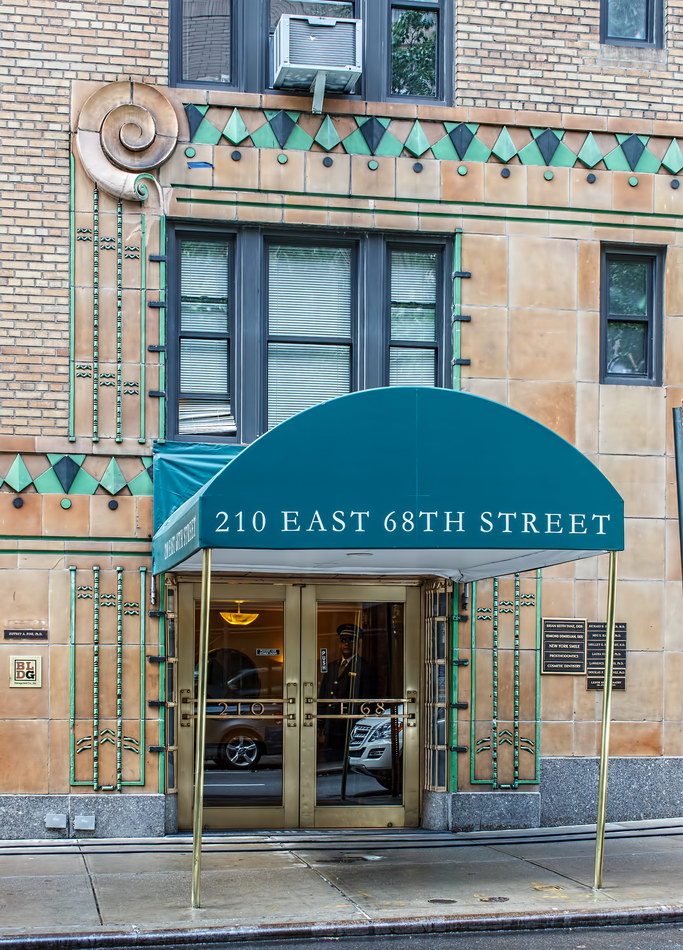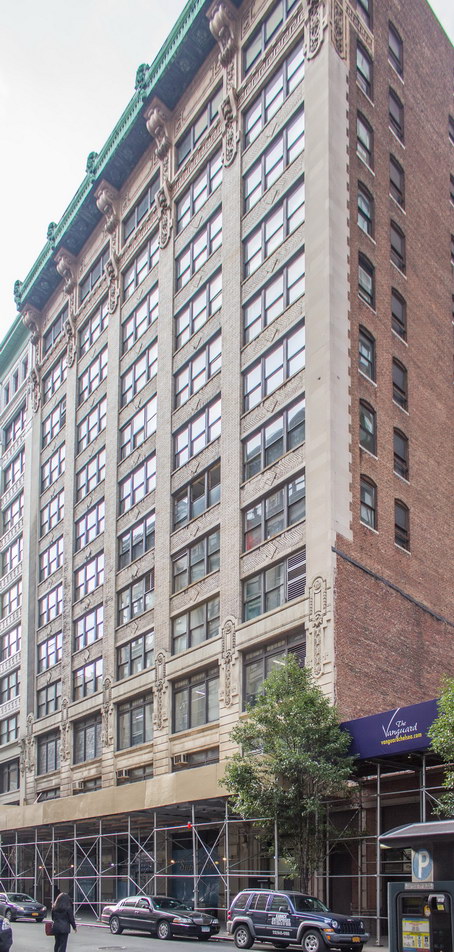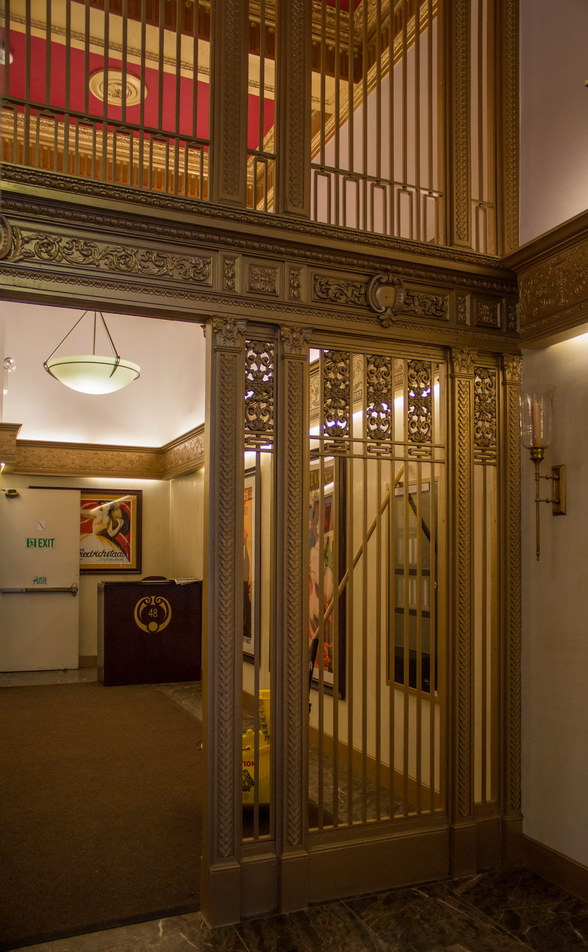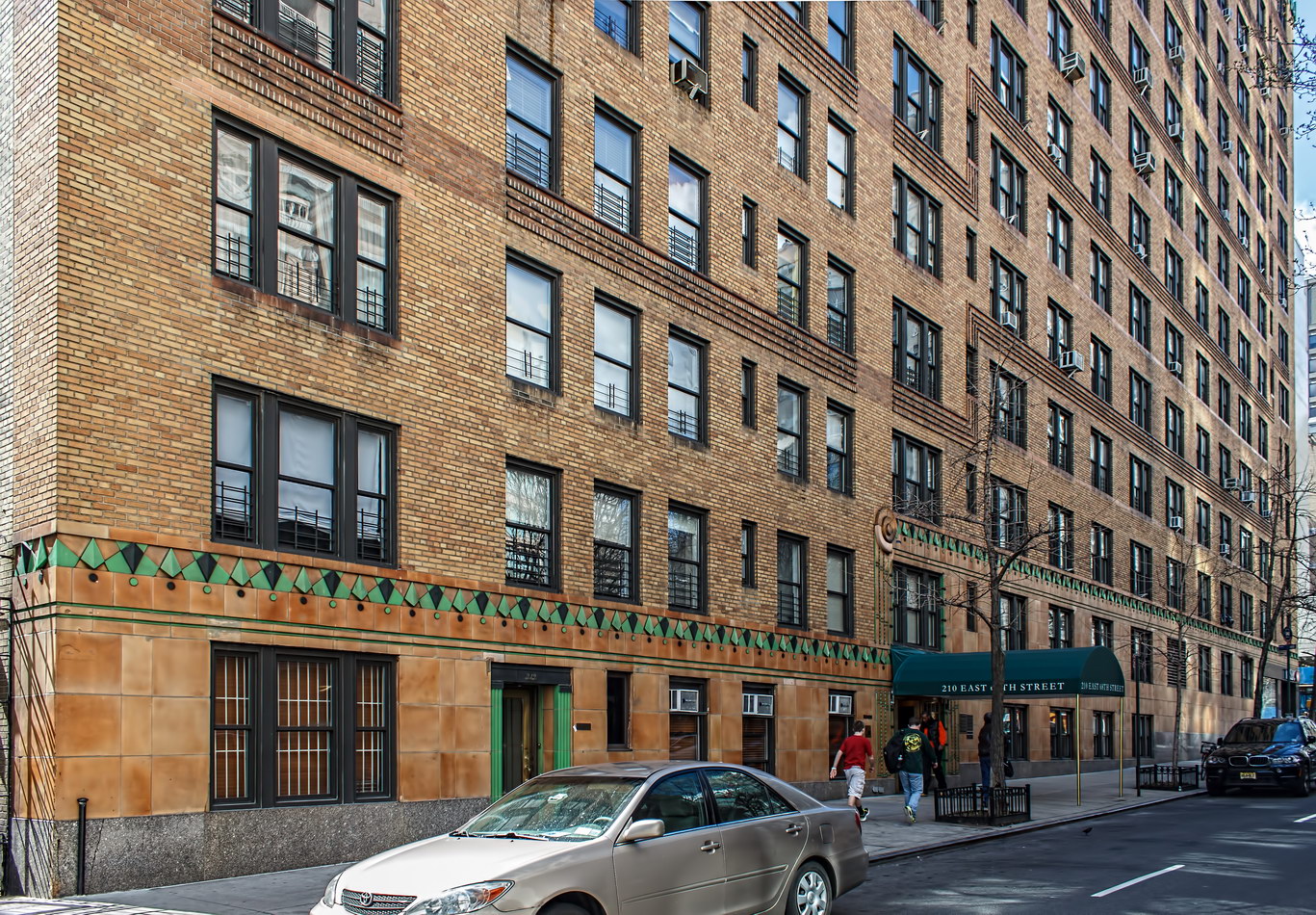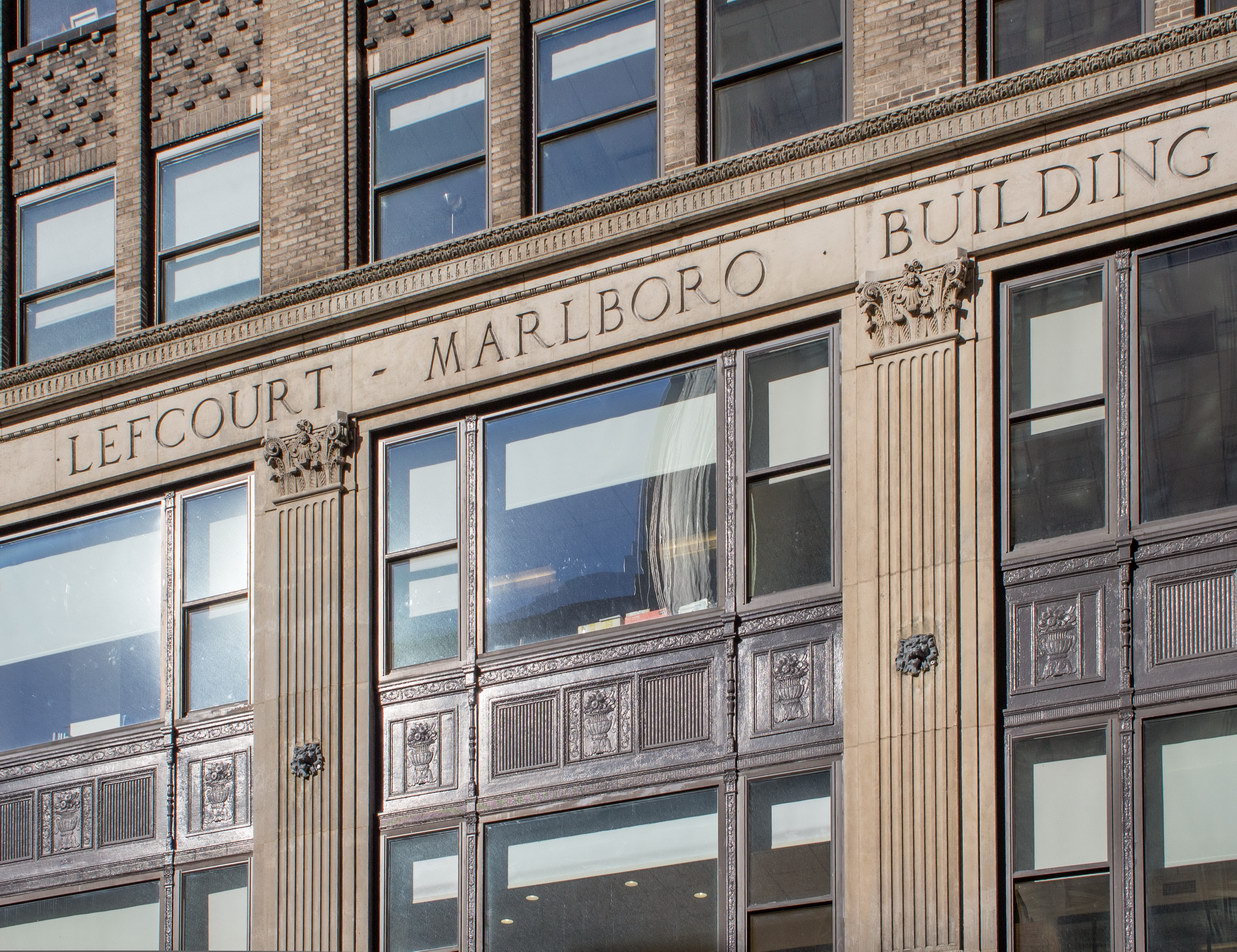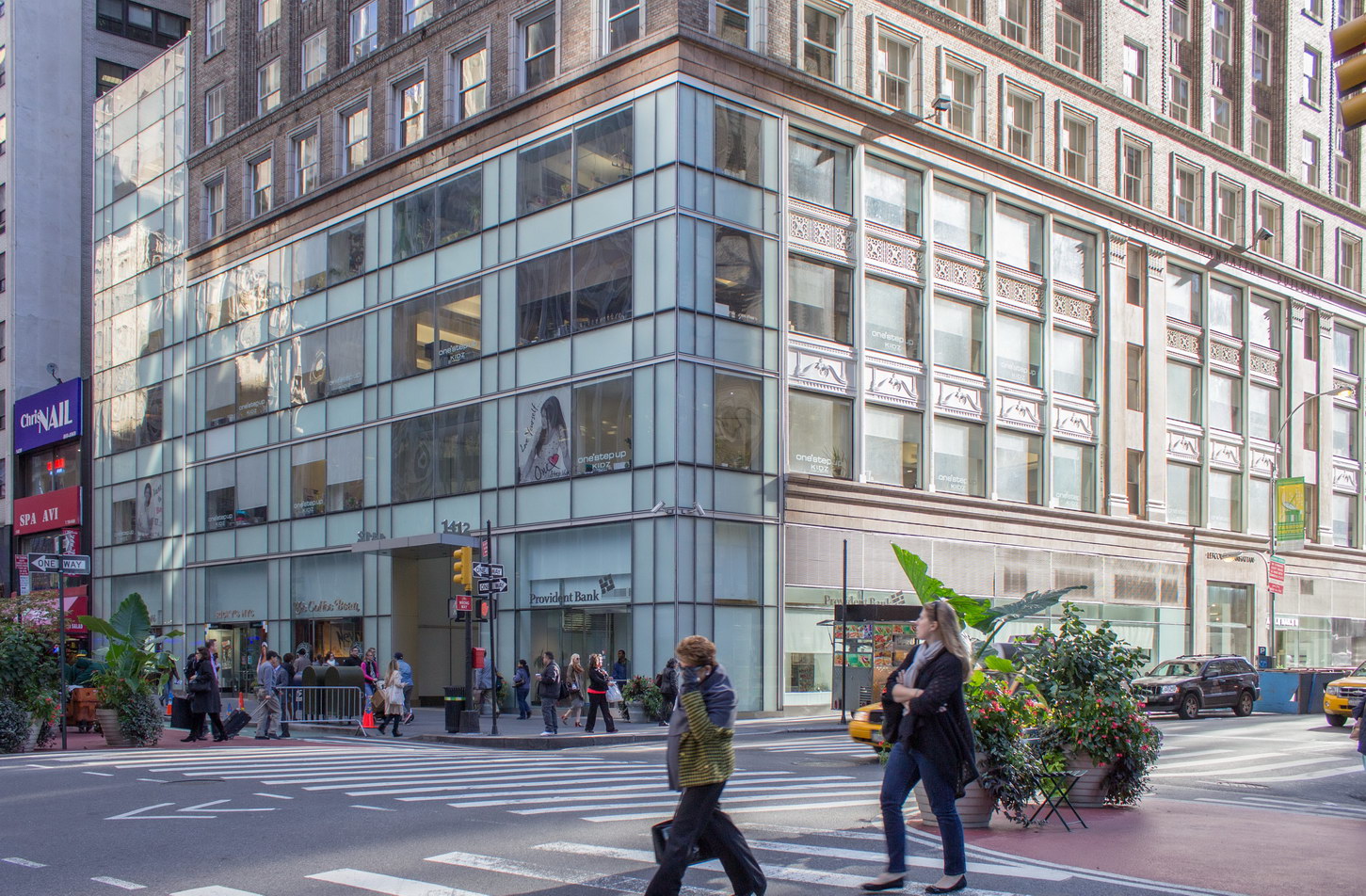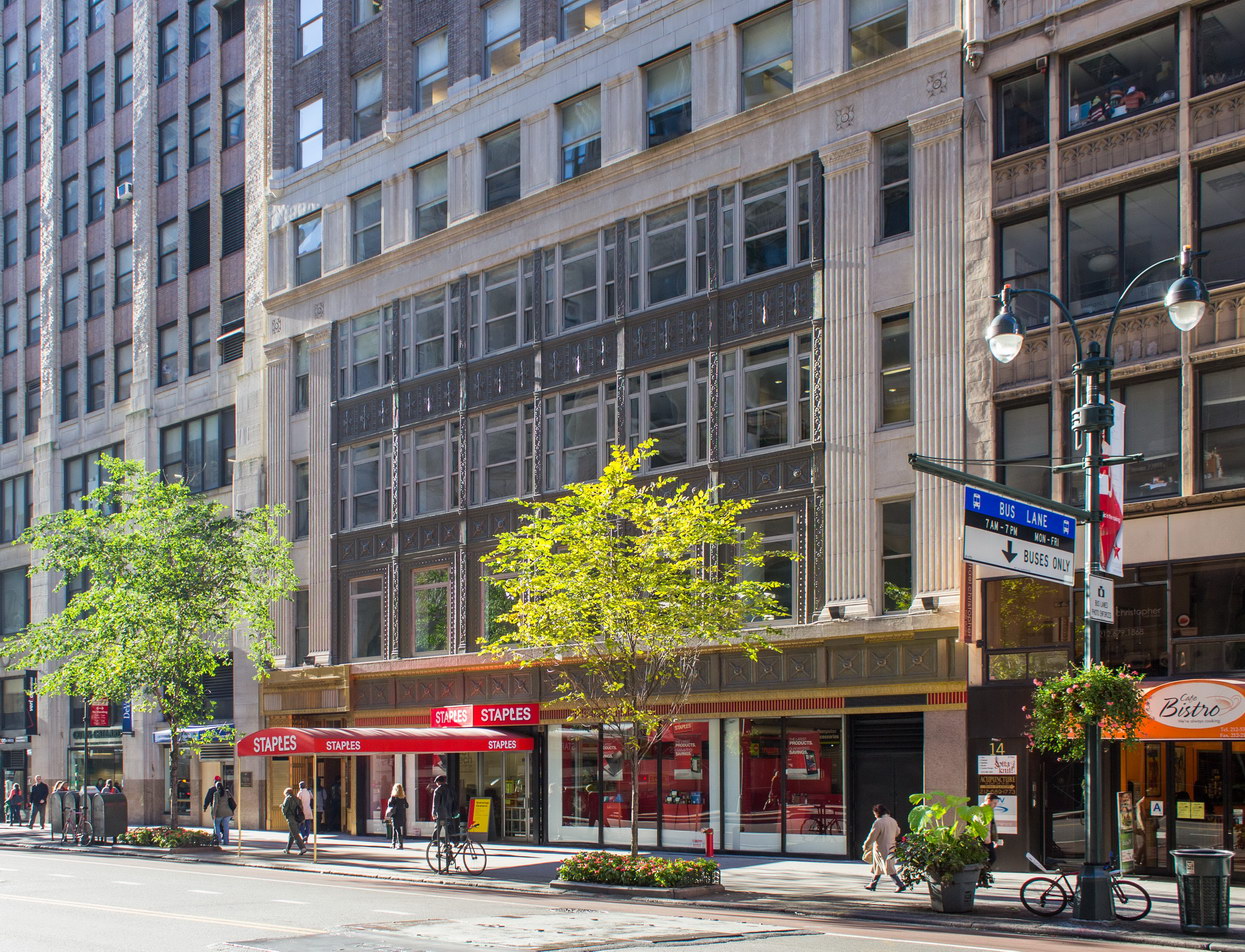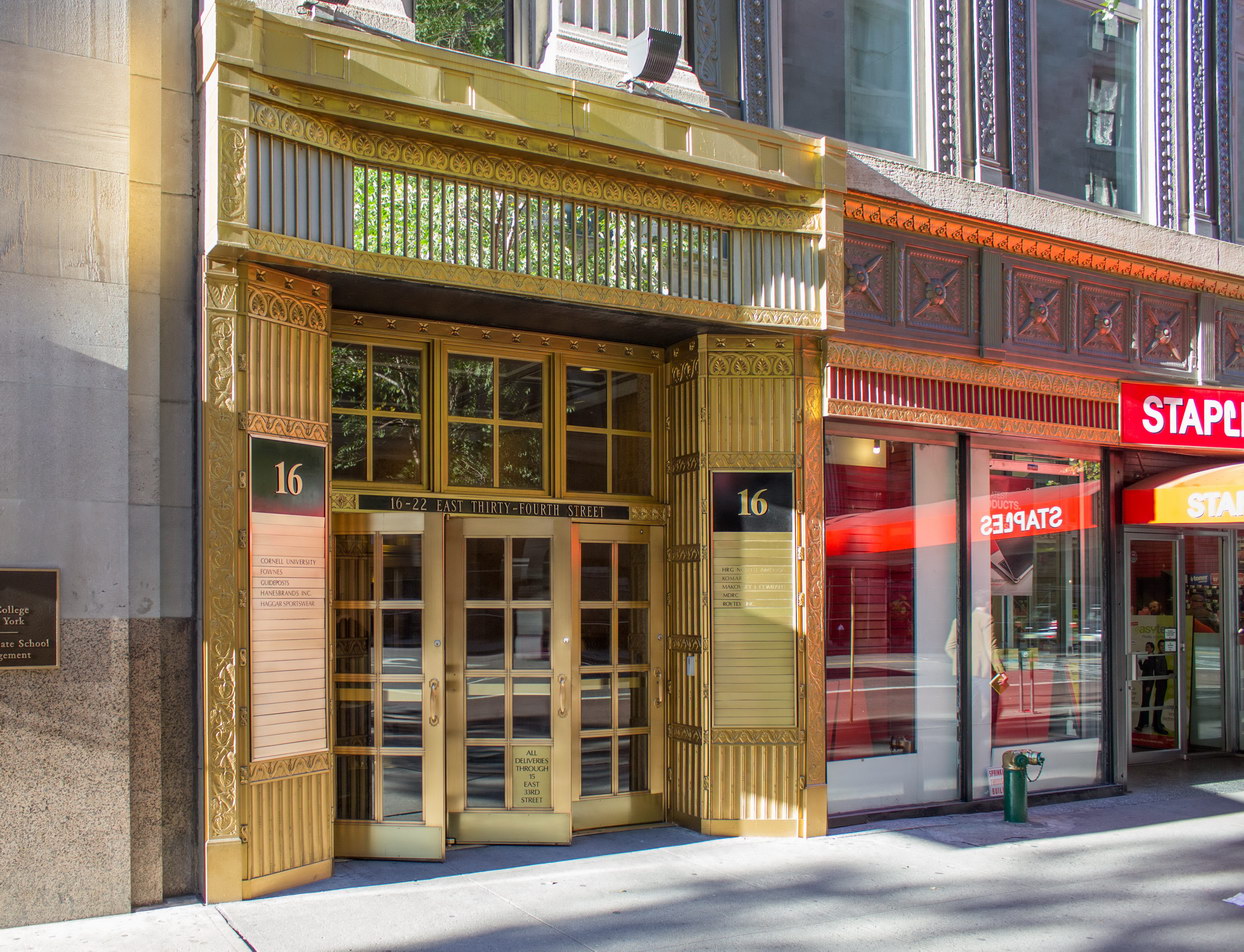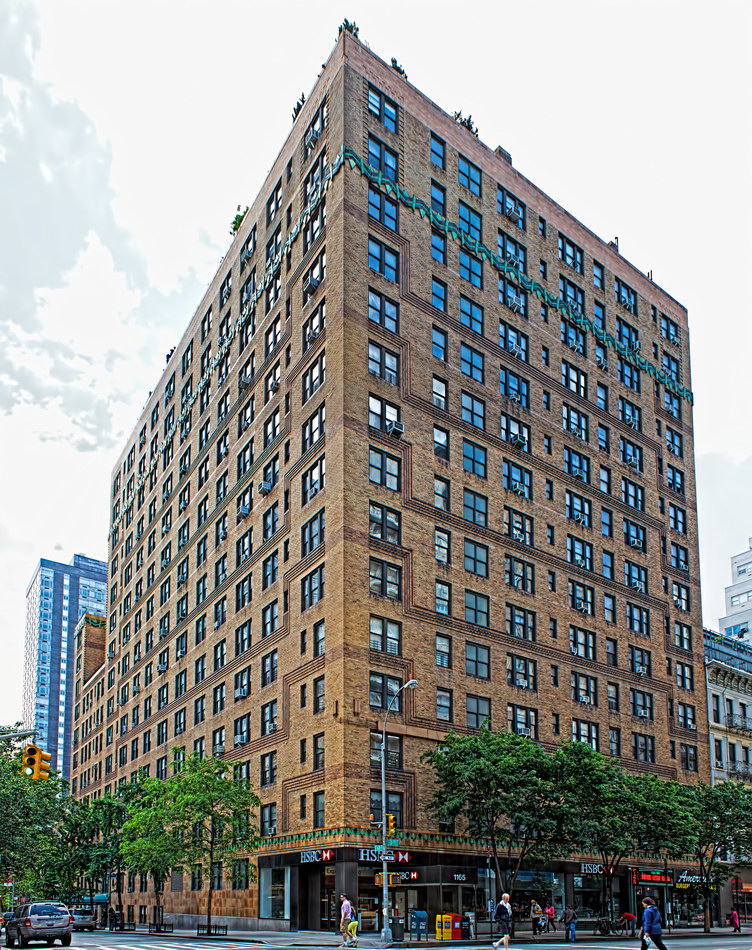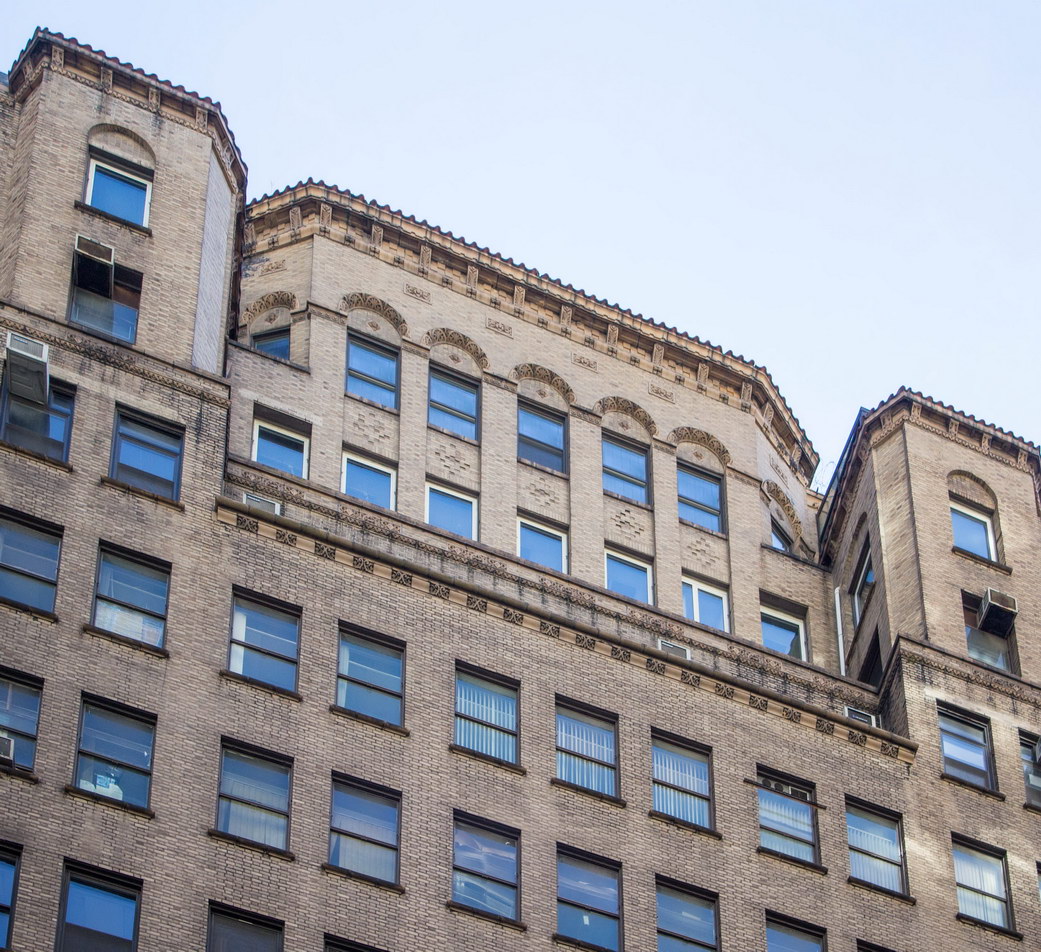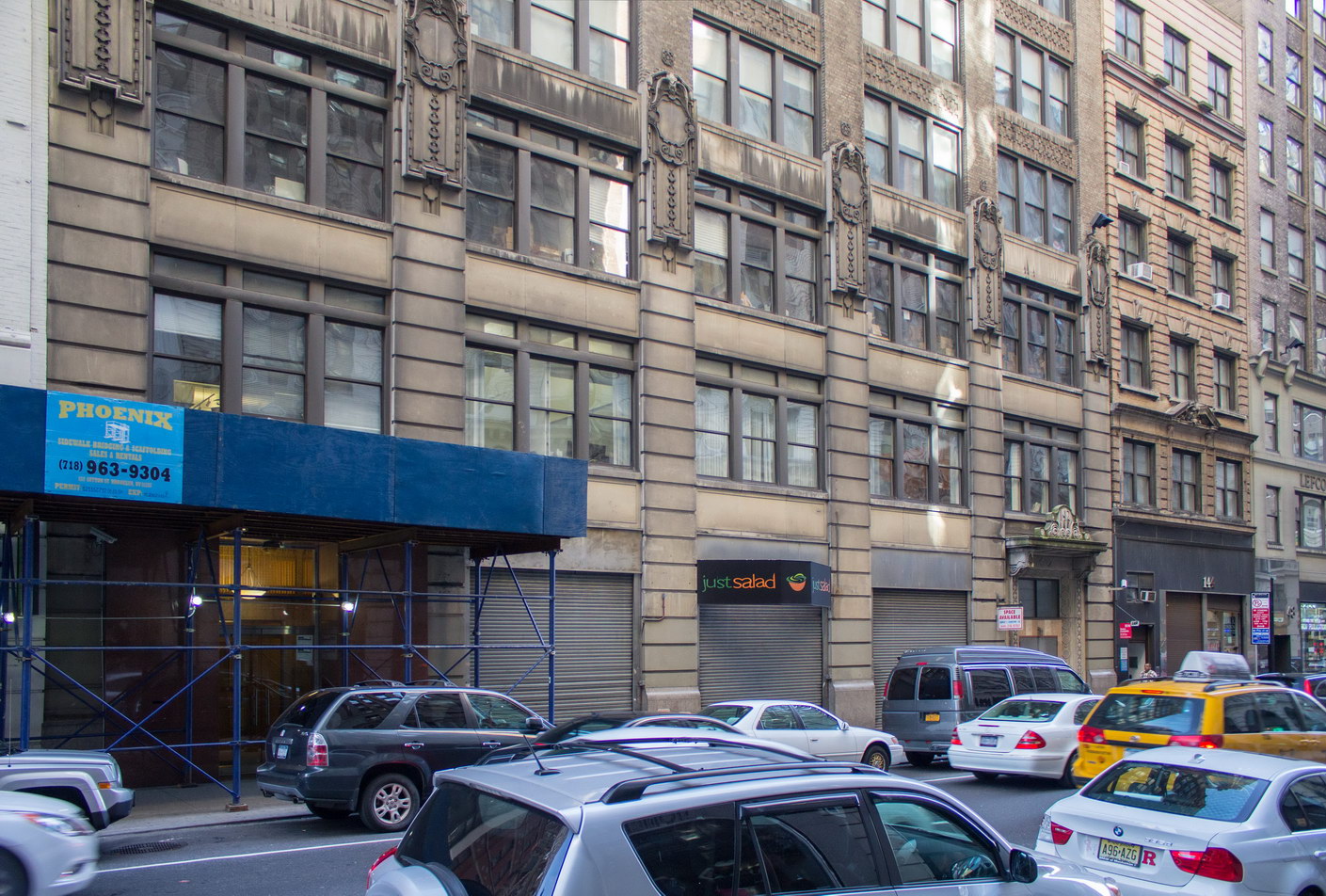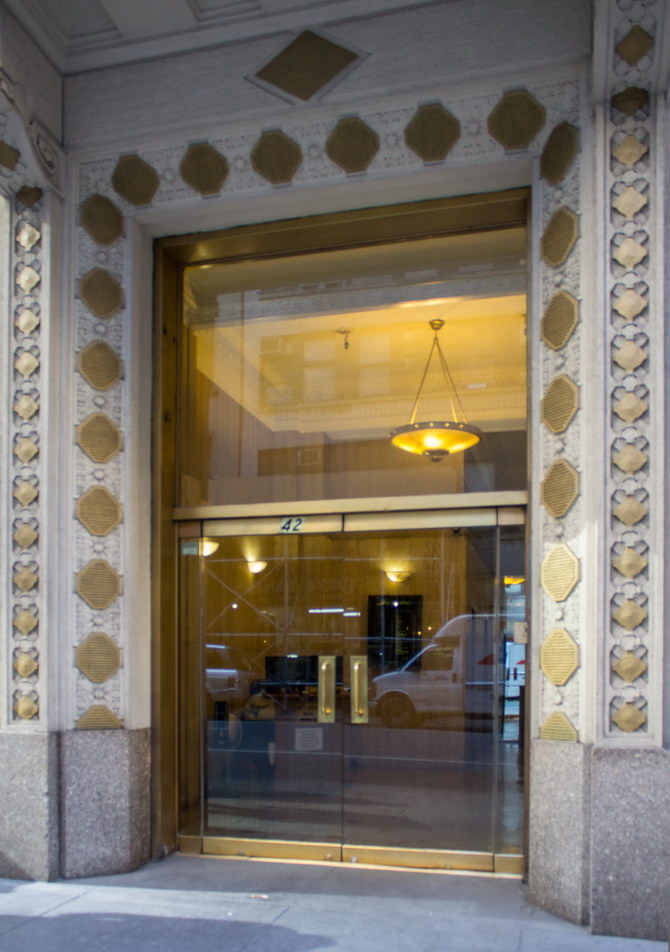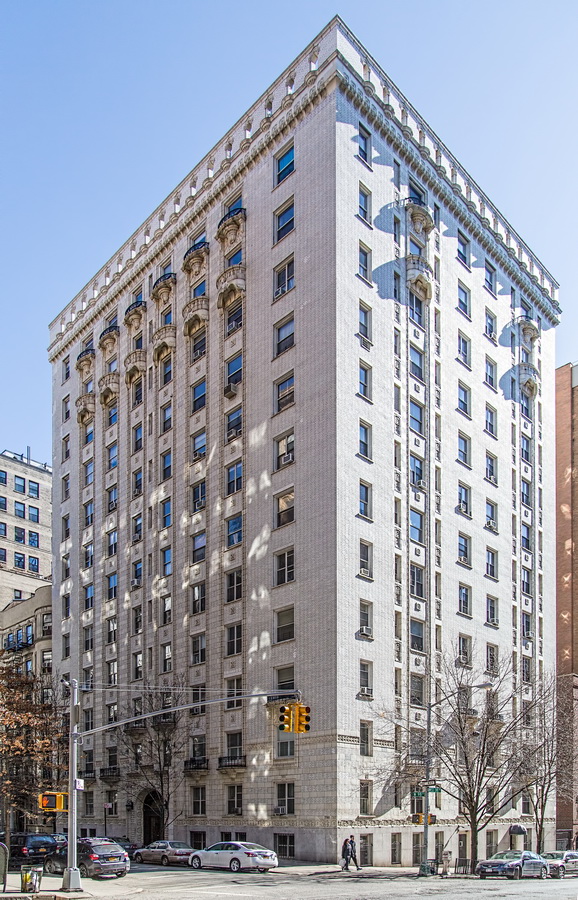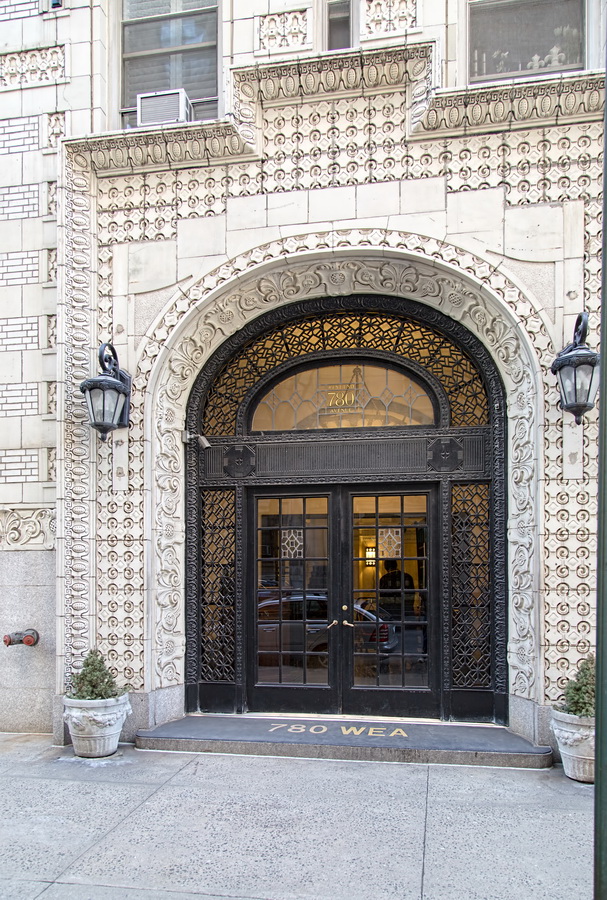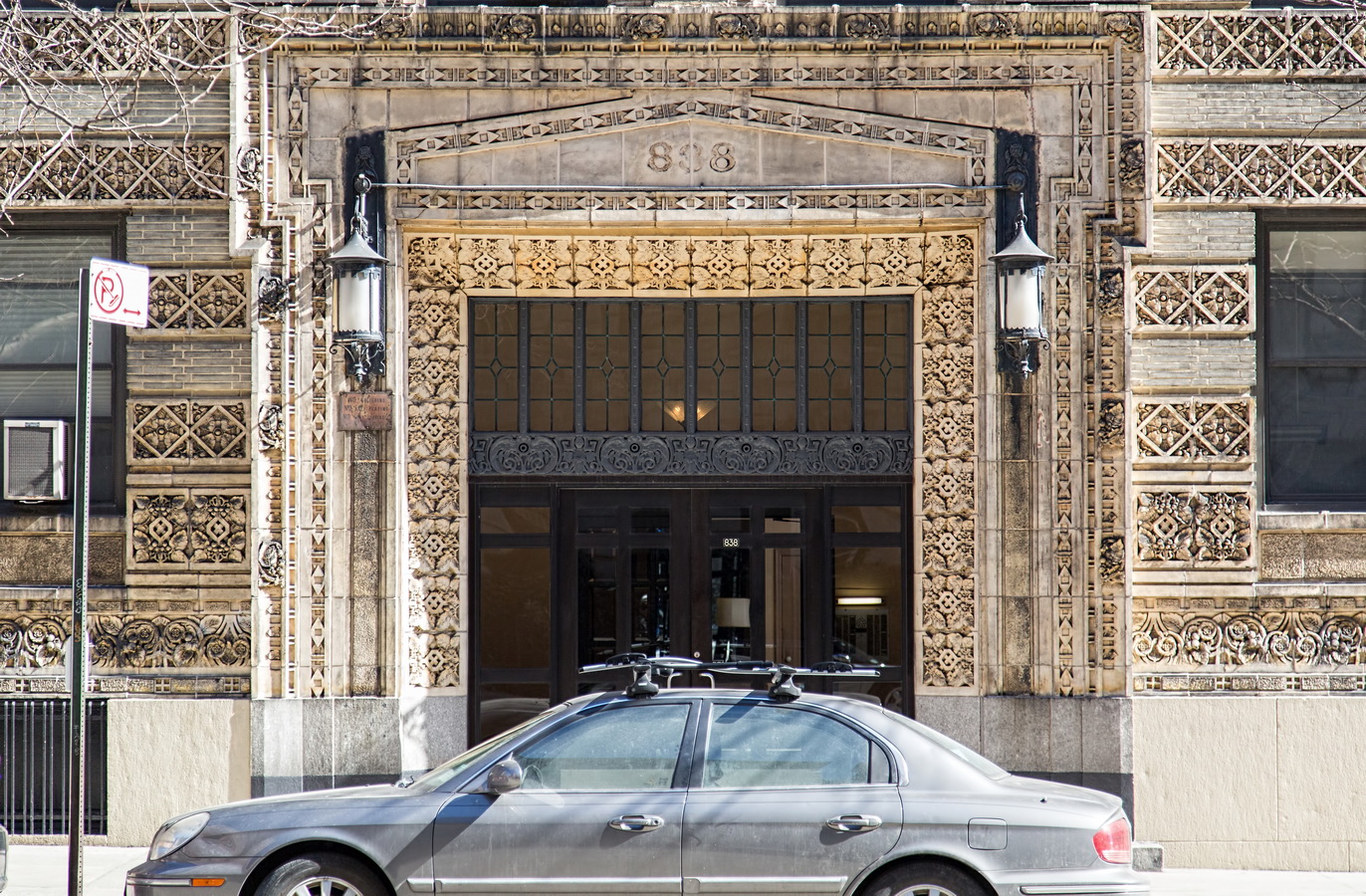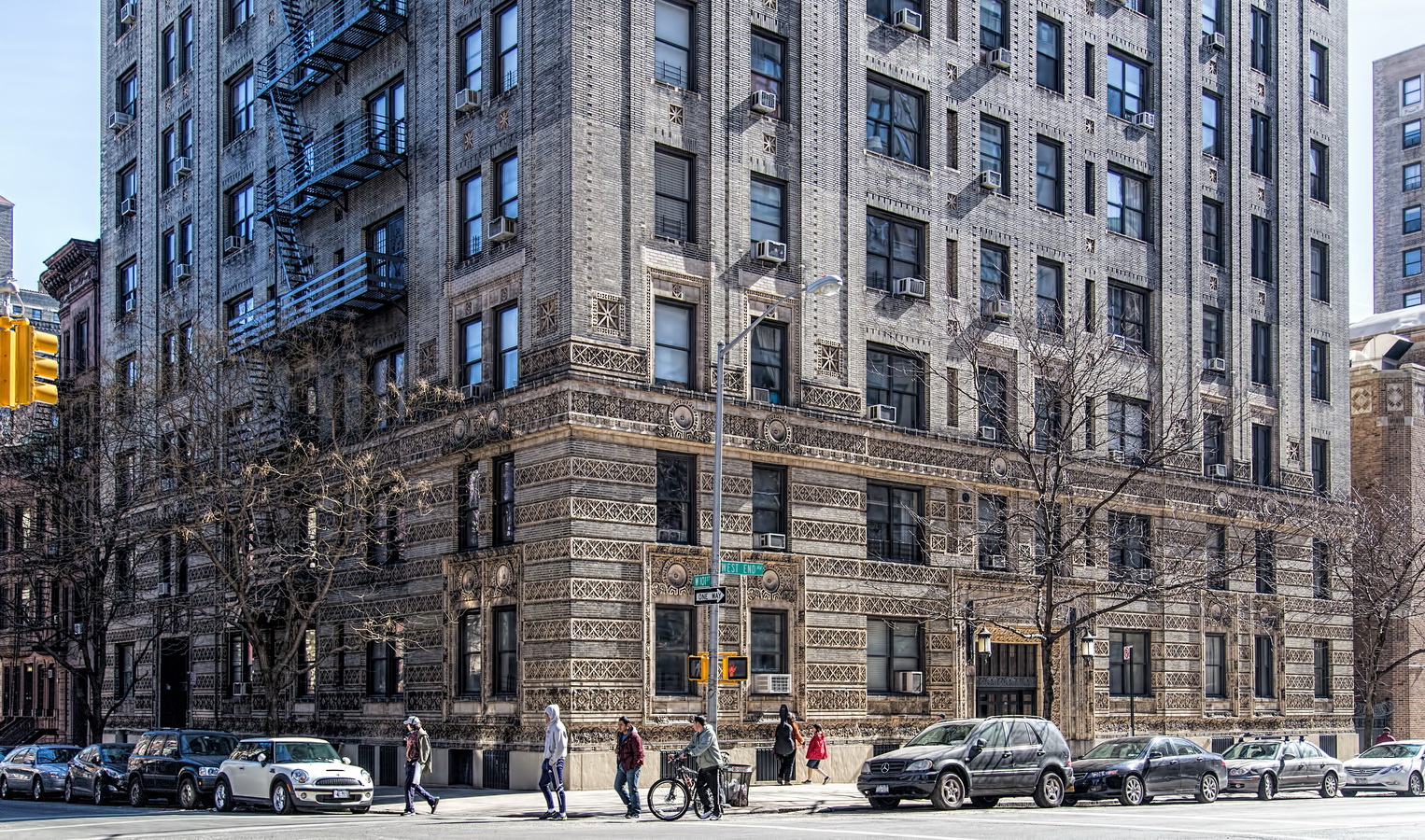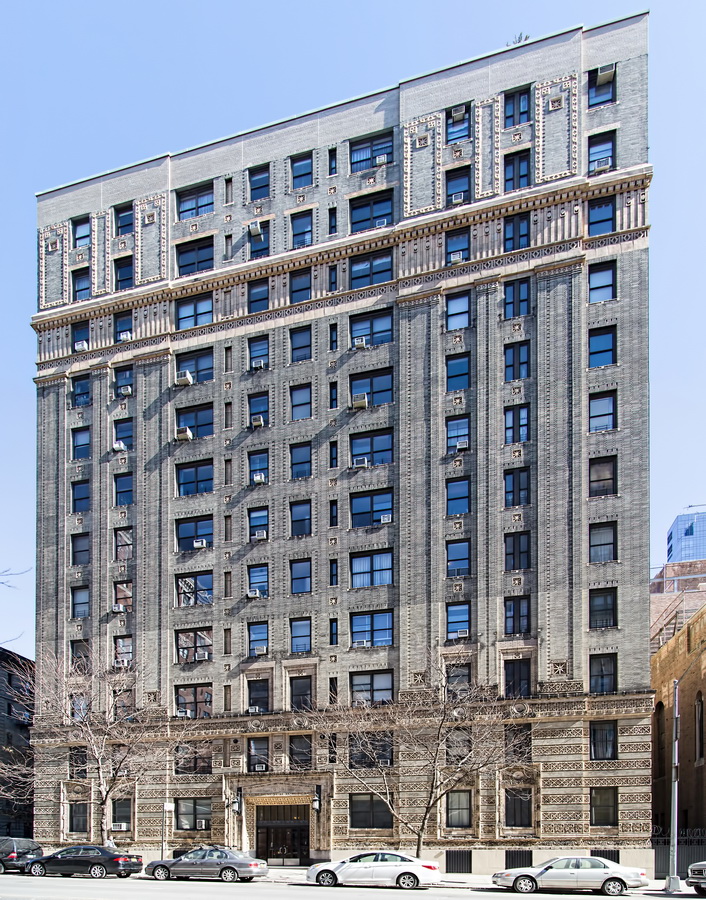De Lemos & Cordes – Theodore William Emile De Lemos and August William Cordes – were German-born and -educated architects who came to the United States in the 1880s, setting up their firm in New York in 1884.
The pair achieved success quickly, specializing in commercial buildings and department stores. Their Cooper-Siegel department store (1897), and Macy’s department store (Broadway building)(1902) were both, at the time of their construction, the largest department stores in existence.
According to the NYC Landmarks Preservation Commission, “The firm tended to favor a Renaissance Revival stylistic vocabulary, and its commissions were often executed in a picturesque manner with notable ornamentation and a mixture of materials, including brick, stone, and terra cotta.”
De Lemos & Cordes Representative Buildings
- 241-249 Centre Street (1888-91)
- John Eichler Residence (1889-90), Fulton Avenue and East 169th Street, the Bronx
- Armeny Building (1890), 124 Fulton Street/90 Nassau Street
- 102-106 Wooster Street (1890-91)
- Fulton Building (1891-93), 130 Fulton Street
- Keuffel & Esser Company Building (1897), 127 Fulton Street
- Mietz Building (1892, 1897), 128-138 Mott Street
- Boskowitz Building (1894-95), 704-706 Broadway
- Empire State Building* (1896-97), 640 Broadway
- Siegel, Cooper & Co. Department Store (1895-97) and annex (1899-1900), 616-632 Sixth Avenue
- Adams & Co. Dry Goods Store (1900-02), 675-691 Sixth Avenue
- R.H. Macy & Co. Department Store (1901-02), Broadway and West 34th Street
* The original Empire State Building, named for the Empire State Bank
De Lemos & Cordes Suggested Reading
- Wikipedia entry
- Daytonian in Manhattan blog
- The New York Times Streetscapes/Fulton Street Between Nassau and Williams Streets; A Vibrant and Noisy Block With Varied Architecture (January 12, 2003)
